Tamoxifen
Original price was: $75.00.$60.00Current price is: $60.00.
Tamoxifen is a hormone therapy used to treat hormone receptor-positive breast cancer. It can greatly reduce the risk of cancer recurrence (return) and invasive cancer. Some people take tamoxifen to lower the risk of developing breast cancer. The daily oral medication stops cancer cells from using estroge estrogen and progesterone to grow and spread.
Tamoxifen (Nolvadex® or Soltamox®) is a drug that treats hormone receptor-positive (hormone-positive) breast cancer. (Hormone-positive breast cancer is a type of cancer that needs estrogen and/or progesterone to grow.) Healthcare providers also use tamoxifen to help prevent breast cancer in people over 35 who have a high risk of the disease. Since the U.S. Food and Drug Administration (FDA) approved tamoxifen in 1998, it has become one of the most widely used breast cancer treatments.
Who should use tamoxifen?
Tamoxifen can help people with hormone receptor-positive breast cancer. The drug can lower the risk of breast cancer in:
- People who are high risk of breast cancer due to a family history of disease or mutated (changed) breast cancer (BRCA) genes.
- People who’ve already been diagnosed with breast cancer to prevent recurrence (return) of cancer. This includes development of breast cancer in the opposite, untreated breast and recurrence of breast cancer following surgery, chemotherapy or radiation therapy.
Your healthcare provider will talk with you about your medical history to determine if tamoxifen is right for you.
Why do breast cancer patients take tamoxifen?
Millions of people have used tamoxifen to prevent or treat breast cancer. The drug may lower the risk of:
- Breast cancer in the opposite breast by 50%.
- Breast cancer recurrence in premenopausal people by 30% to 50%.
- Breast cancer recurrence in postmenopausal people by 40% to 50%.
- Initial breast cancer diagnosis by up to 40%.
- Invasive breast cancer after the diagnosis of early-stage, noninvasive breast cancer (ductal carcinoma in situ or DCIS) by up to 50%.

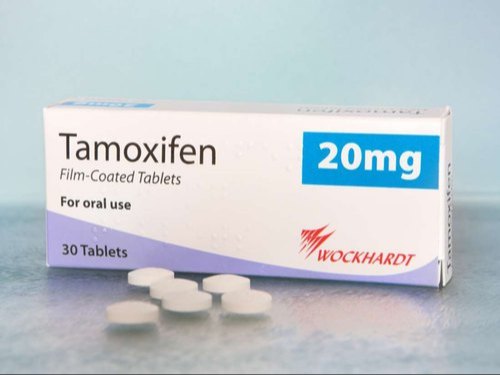
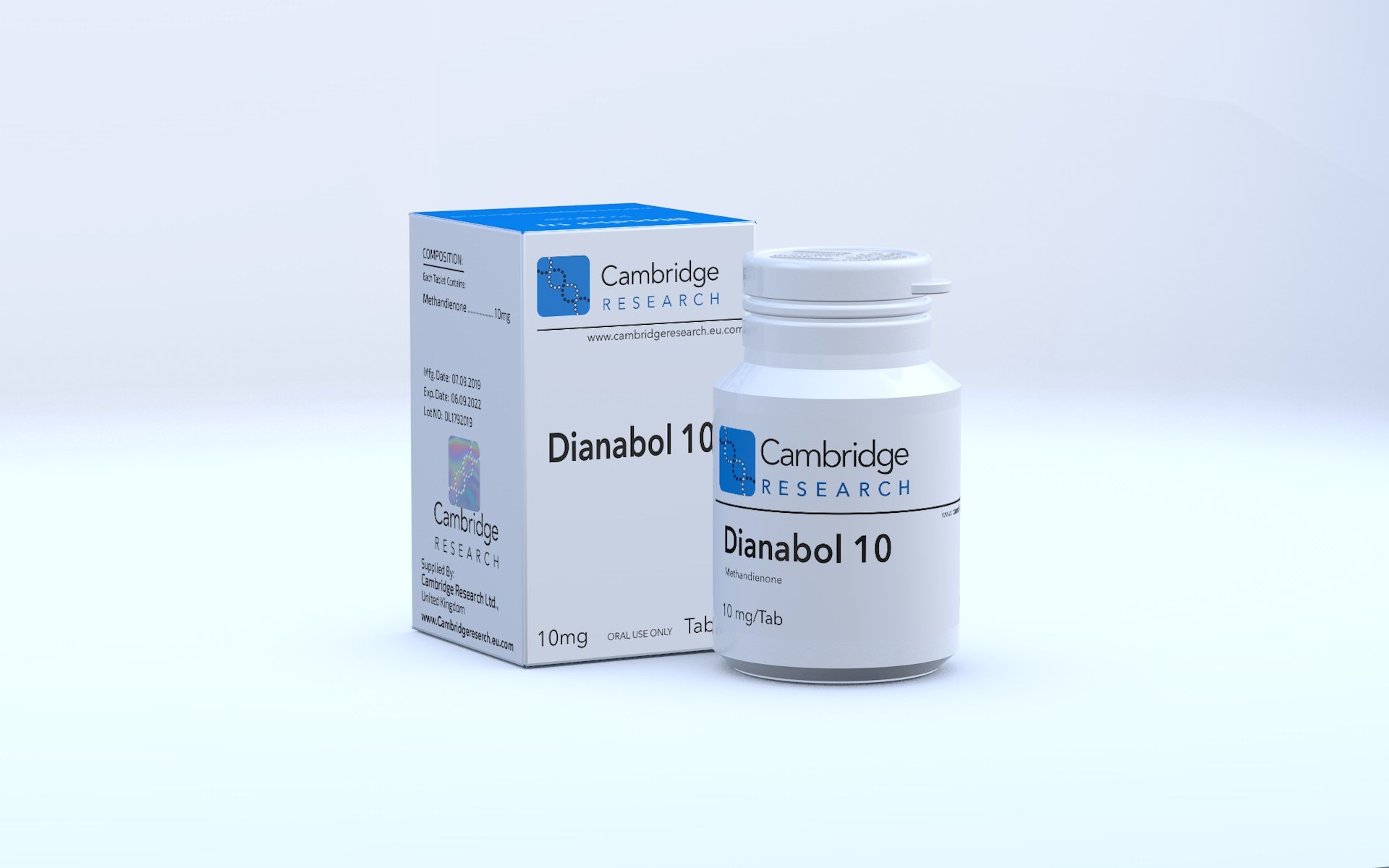
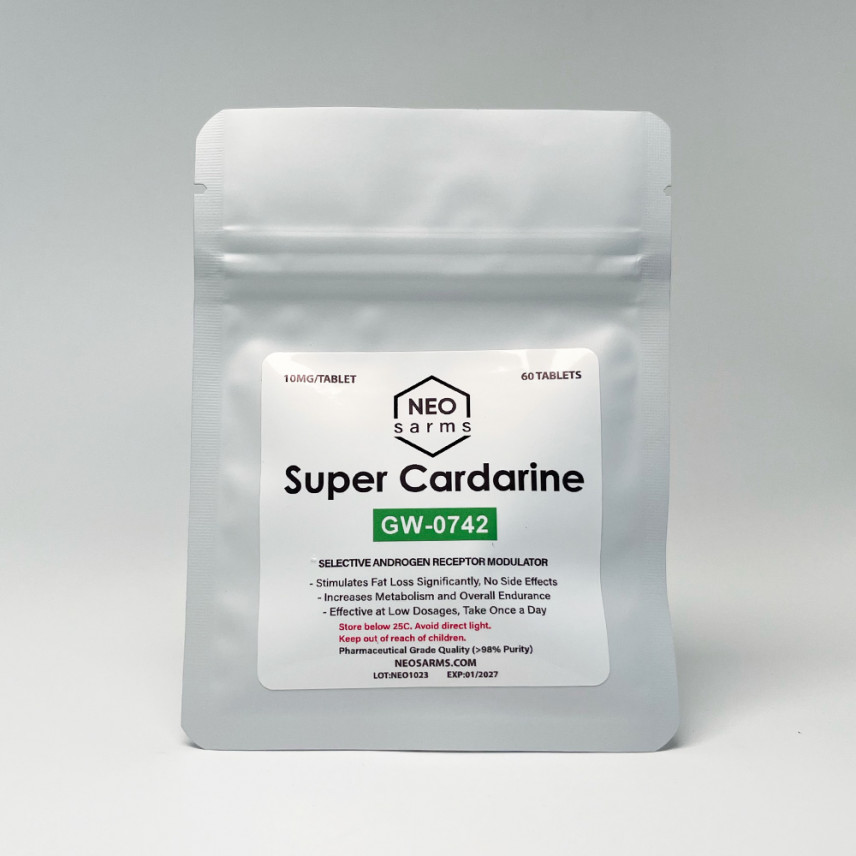

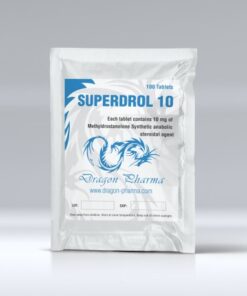
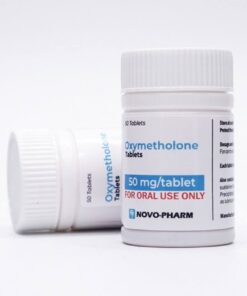

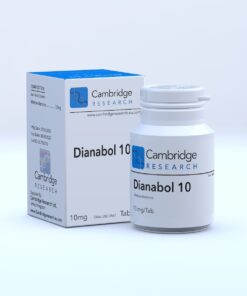
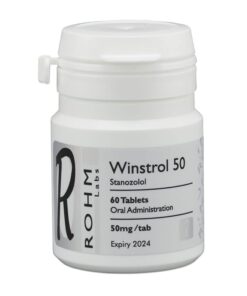

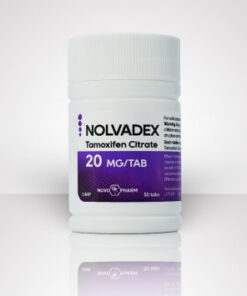
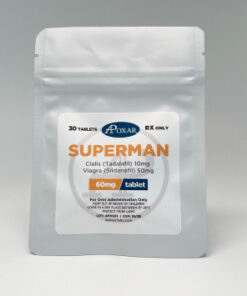
Be the first to review “Tamoxifen”